A sheet metal chassis is a frame or housing made primarily from sheet metal, designed to support and protect components such as electronic circuits, mechanical parts, and electrical systems. Sheet metal is used due to its versatility, strength, and ability to be fabricated into precise shapes and sizes. The process of creating a sheet metal chassis involves cutting, bending, punching, and welding metal sheets to form a strong, functional, and lightweight frame.
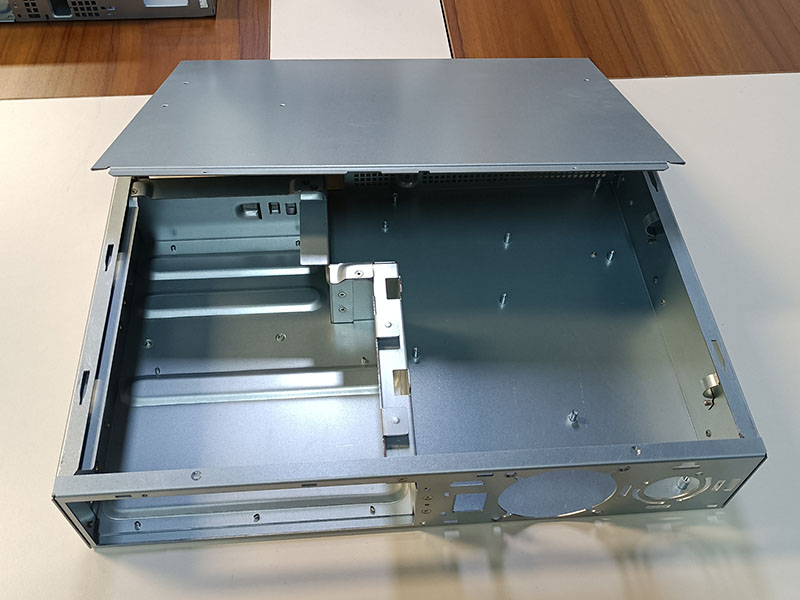
The process of fabricating a sheet metal chassis begins with precise design and prototyping. Engineers use Computer-Aided Design (CAD) software to create a detailed blueprint of the chassis, specifying dimensions, material selection, and mechanical properties. During the design phase, factors such as strength, weight, and environmental resistance are considered. For industries requiring high durability, stainless steel fabrication may be chosen due to its corrosion resistance and strength. Prototypes are often created to test the design and make necessary adjustments before full-scale production begins.
Choosing the right material is critical for ensuring the performance and longevity of the sheet metal chassis. Common materials used include:
Carbon Steel: Offers high strength and cost-effectiveness, ideal for general-purpose chassis.
Aluminum: Lightweight and corrosion-resistant, aluminum is commonly used in aerospace or automotive applications.
Stainless Steel: Selected for its excellent resistance to corrosion and high strength-to-weight ratio. Stainless steel is often the material of choice in environments exposed to moisture or chemicals.
Stainless steel is particularly favored for outdoor equipment, servers, and enclosures that need to endure harsh environments. In stainless steel fabrication, alloys like 304 or 316 stainless steel are often used, offering enhanced corrosion resistance and structural integrity.
Once the material is selected, the next step is cutting or shearing the sheet metal into the required shapes. This process can be done using various methods.
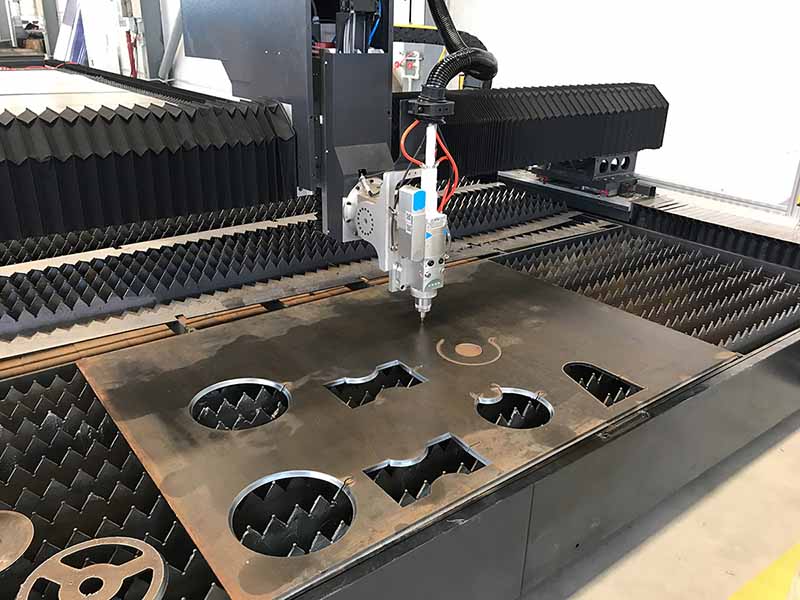
Laser Cutting: Provides high precision and is ideal for intricate or complex shapes.
Water Jet Cutting: Suitable for thicker materials, it uses high-pressure water to cut through metal sheets.
Punching: Involves creating holes or shapes using a punch press, often used for mass production of chassis parts.
Stainless steel fabrication often requires specialized cutting equipment because of the material's toughness. Laser and plasma cutting are popular methods for stainless steel, ensuring smooth edges and accurate cuts.
After the sheets are cut, they are bent into the desired shapes using press brakes or roll-forming machines. Sheet metal chassis often require bending to form edges, flanges, or curves that add structural integrity. Bending stainless steel is more challenging than other metals, as it requires the right combination of force and tooling to avoid cracking.
Different bending processes, such as air bending or bottoming, are used to create sharp or smooth bends depending on the design requirements. Stainless steel fabrication often requires pre-heating the material to avoid metal fatigue during the bending process.
Once the sheet metal parts are shaped, they need to be joined together to form the complete chassis. Welding is a common method for joining metal parts in chassis fabrication. Several welding techniques can be used, including:
TIG Welding (Tungsten Inert Gas): Provides high precision and is used for welding stainless steel due to its ability to handle thin materials.
MIG Welding (Metal Inert Gas): Suitable for thicker materials, MIG welding is faster but slightly less precise than TIG welding.
Spot Welding: Frequently used in automotive applications where quick, high-strength joints are needed.
Stainless steel fabrication typically involves TIG welding because it produces clean, high-quality welds with minimal distortion, which is crucial for maintaining the integrity of the chassis.
After the welding process, the chassis undergoes finishing to ensure smooth surfaces and protection against environmental factors. Common finishing processes include:
Powder Coating: Powder spraying is to use powder spraying equipment (electrostatic spraying machine) to spray powder coating onto the surface of the workpiece. Under the action of static electricity, the powder will be evenly adsorbed on the surface of the part to form a powdery coating.
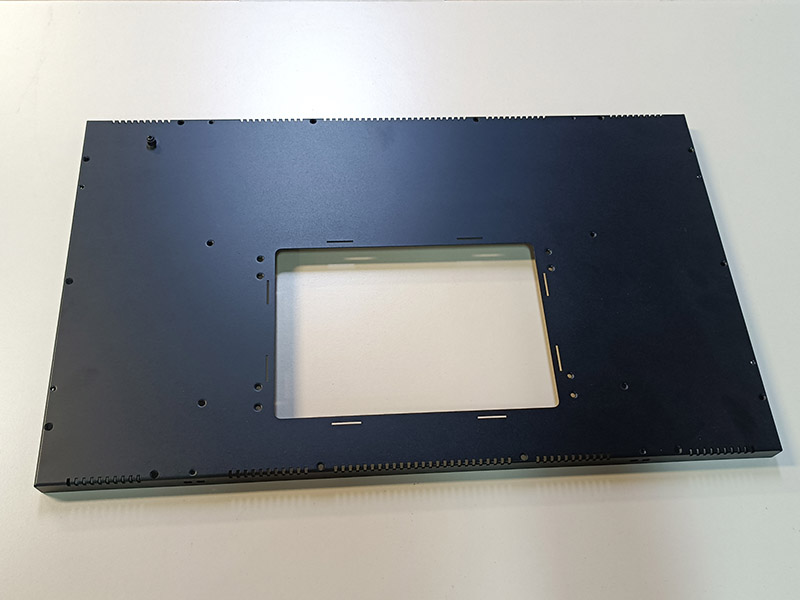
Grinding and Polishing: Used to remove weld marks and improve the surface finish.
Powder Coating: A protective layer is applied to enhance corrosion resistance, particularly important for chassis that will be exposed to harsh conditions.
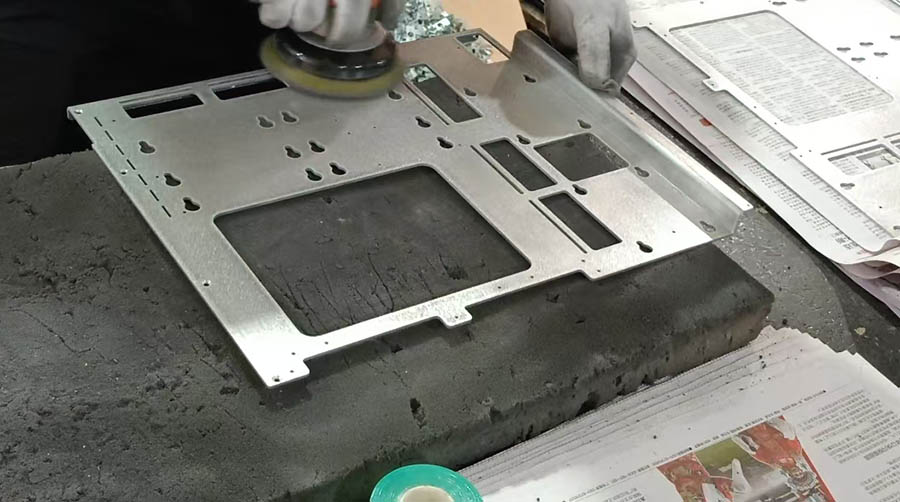
Anodizing: Commonly applied to aluminum chassis to increase resistance to corrosion and improve aesthetic appearance.
For stainless steel fabrication, polishing and passivation are essential to enhance the material's natural resistance to rust and improve the surface appearance.
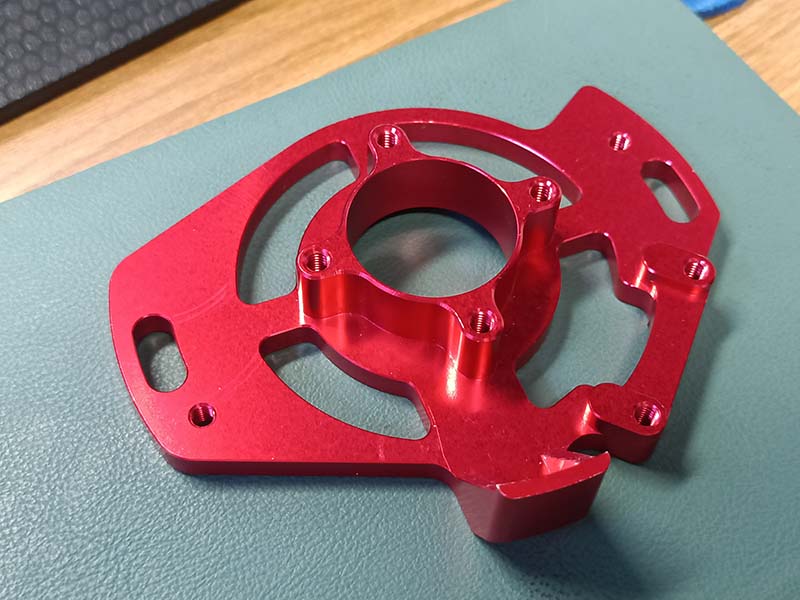
The final step in the sheet metal chassis fabrication process is assembly. After all individual components are welded, bent, and finished, the chassis is assembled with the required components such as brackets, screws, or fasteners. The assembly is then inspected for accuracy and quality assurance. The chassis is checked for dimensions, strength, and resistance to corrosion or other environmental factors, depending on the application.
If the chassis is for a sensitive application, such as telecommunications or medical equipment, additional tests for electromagnetic interference (EMI) shielding and safety may be conducted.
Throughout the fabrication process, quality control is crucial to ensure that the finished chassis meets the required specifications. Inspection methods can include:
Dimensional Inspection: Verifying that the chassis meets the design specifications.
Visual Inspection: Checking for imperfections, such as cracks or weld defects.
Testing: Subjecting the chassis to environmental simulations, such as temperature or humidity testing, to ensure durability.